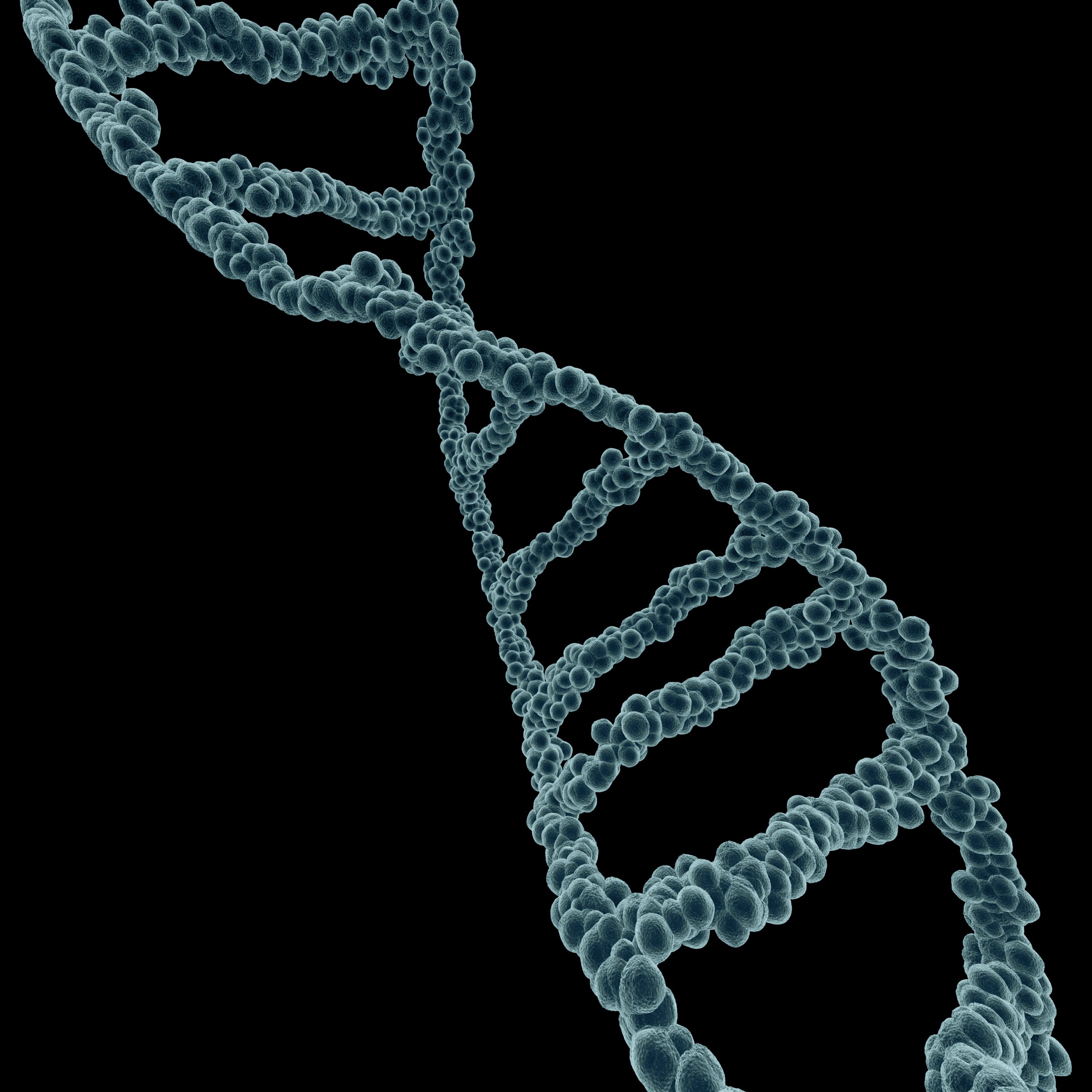
Most of us get an introduction—whether we remember it or not—to genetics in our first biology class. We learn that genes, made up of DNA, are the molecular blueprint that make us who we are, and that this DNA code is a unique combination of instructions from both our mothers and fathers. Which genes we pick up from mom and which from dad is somewhat random, and that genetic roulette in turn determines, at least in part, which disease we’re most at risk for developing during our lifetimes.
But in recent decades scientists have learned that DNA alone is not destiny, and they’ve been focusing on another layer of genetic inheritance called epigenetics, which also play a role in determining what our DNA blueprints look like (more on that below). And in a new study published in the journal Cell, researchers show how it’s possible to pass on these epigenetic changes — which are not permanent alterations to the genome — created by exposure to things like tobacco, environmental pollutants and diet, as well as lifestyle behaviors.
What are epigenetic changes?
Every cell in the body contains the entire complement of genes it needs to develop properly — and that includes instructing liver cells to become liver cells and bone cells to function as bone cells and so on. How each cell knows to turn on the right genes in the genome to assume its correct identity involves epigenetics. Every gene is regulated by a region called the promoter, and epigenetics involves the process of turning specific genes on or off in particular cells. The most common way of controlling this gene expression is by plunking a molecule known as a methyl group on the promoter region. Where these methyl groups end up and how many of them crowd a gene on the genome determines whether that gene is turned on or off, and if it’s turned on, how much it is expressed.
What controls epigenetic changes?
This is a question that researchers are still trying to answer, but some of the leading candidates include exposure to things like tobacco and environmental pollutants. Diet may play a role as well as things like stress.
Can these epigenetic changes be passed from parent to child?
Studies show that some epigenetic changes might be transmitted from one generation to the next, but, says Azim Surani of the Wellcome Trust/Cancer Research Gurdon Institute at the University of Cambridge, and senior author of the Cell paper. “It’s still an open question to what extent that happens.”
In his latest study, Surani and his colleagues studied how egg and sperm, known as germ line cells, are formed in an embryo. They found that these cells undergo a type of epigenetic erasure, in which any methyl groups added from the mother’s egg and the father’s sperm are removed, so the growing fetus can create its own, tabula rasa egg or sperm, depending on its sex.
“I would say this is an extremely robust erasure mechanism that’s unique to the germ line cells,” says Surani. “It’s really designed to clear out the epigenetic information before transmission of the genome to the next generation, almost like it’s trying to clean out the genome and prevention transmission of so-called aberrant epigenetic information being passed on.”
But about 5% of the methyl changes aren’t wiped out, and these escapees, as Surani calls them, may explain how some epigenetic changes re-appear in the offspring of parents, even if they aren’t permanent alterations to the genome but more like external modifications to how genes are regulated — similar to a renovation of a house whose original structure and layout remain the same.
Are there benefits or risks of having epigenetic changes passed from parent to child?
Surani’s results raise interesting questions about why epigenetic changes might be “inherited” in the first place.
Of the changes that they documented in the small sample of human embryos they studied, as well as among mice, they found that a certain core of genes may preferentially escape from the epigenetic cleansing. These genes are predominantly involved in nerve and brain cell function, as well as metabolic conditions, so they could preferentially impact conditions such as obesity and schizophrenia.
More work needs to be done before the exact role of epigenetics, and de-methylation, might play in these conditions, but the findings do point to an other potential contributor to these conditions, and possibly some helpful therapies.
But any epigenetic-based treatments are still a ways off, Surani says, since there is still a lot about methylation and de-methylation that remains a mystery. In addition to orchestrating which genes turn on and off and when, for example, methyl groups also have a very critical role in sitting on so-called jumping genes, or the dark matter of the genome. These are portions of DNA that are more mobile when the twisted strands of DNA open and close when cells divide. As they move around, these elements can cause mutations if they land in important genes and disrupt their function. Of the 5% of methylation that doesn’t get erased, most of it, says Surani, involves this dark matter of the genome.
So is that good or bad?
It may be that having some epigenetic changes escape from one generation to the next is a good thing, a defense mechanism of sorts, although what the right balance is for how much of the methyl groups should remain isn’t clear yet. “Future studies will start to illuminate some of the questions that these results raise now,” says Surani.
More Must-Reads from TIME
- Cybersecurity Experts Are Sounding the Alarm on DOGE
- Meet the 2025 Women of the Year
- The Harsh Truth About Disability Inclusion
- Why Do More Young Adults Have Cancer?
- Colman Domingo Leads With Radical Love
- How to Get Better at Doing Things Alone
- Michelle Zauner Stares Down the Darkness
Contact us at letters@time.com